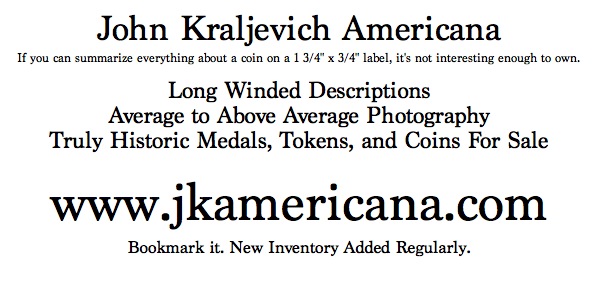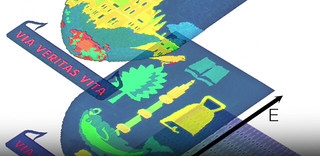
PREV ARTICLE
NEXT ARTICLE
FULL ISSUE
PREV FULL ISSUE
NANOSCALE PRINTING AS ANTI-COUNTERFEITING MEASUREAnd here's one on (perhaps) the future of paper money. Periodically new printing and encoding techniques appear and are touted as a solution to the banknote counterfeiting
problem. One of the latest is a nanoscale printing technique published by Glasgow University. -Editor
The breakthrough, detailed in a paper published in the Journal of Advanced Functional Materials, represents an advance in the field of structural colour printing, whereby structured nanomaterials are used to render colours. The Glasgow technique allows the ‘printing’ of two entirely different, but highly detailed, full-colour images within the same surface area, something which the group claims has never been done before using ‘structural colour’ techniques. This has been achieved by the development of special nano-scale plasmonic colour filters that display different colours depending on the orientation of the light which hits it. According to the team, the process enables the creation of far-higher resolution prints than is possible with conventional printing techniques. For instance, whilst a typical printed image in a magazine might consist of around 300 coloured dots per inch of page, a page ‘printed’ with structural colour techniques could reach a resolution of 100,000 DPI or more. Clark said that the technology has a number of potential applications, including the development of new anti-counterfeiting materials for banknotes. "A very good example of where we see a technology like this being used is anti-counterfeiting whereby you can create incredibly high-resolution images of over 100,000 dpi, embed those on a surface like a bank note and you would have this incredibly difficult to forge hi-res image that when you shine different polarisation of life at the surface you would get different images back," he said. What's more, because the colours don’t fade even when exposed to the harshest sunlight the process also holds great promise for long-term data archival. "We’ve worked out that we could store 1.46 Gb per square centimetre, so a single A4 sheet could hold more than 900 Gb of data," added Clark. To read the complete article, see:  Wayne Homren, Editor The Numismatic Bibliomania Society is a non-profit organization promoting numismatic literature. See our web site at coinbooks.org. To submit items for publication in The E-Sylum, write to the Editor at this address: whomren@gmail.com To subscribe go to: https://my.binhost.com/lists/listinfo/esylum All Rights Reserved. NBS Home Page Contact the NBS webmaster 
|
